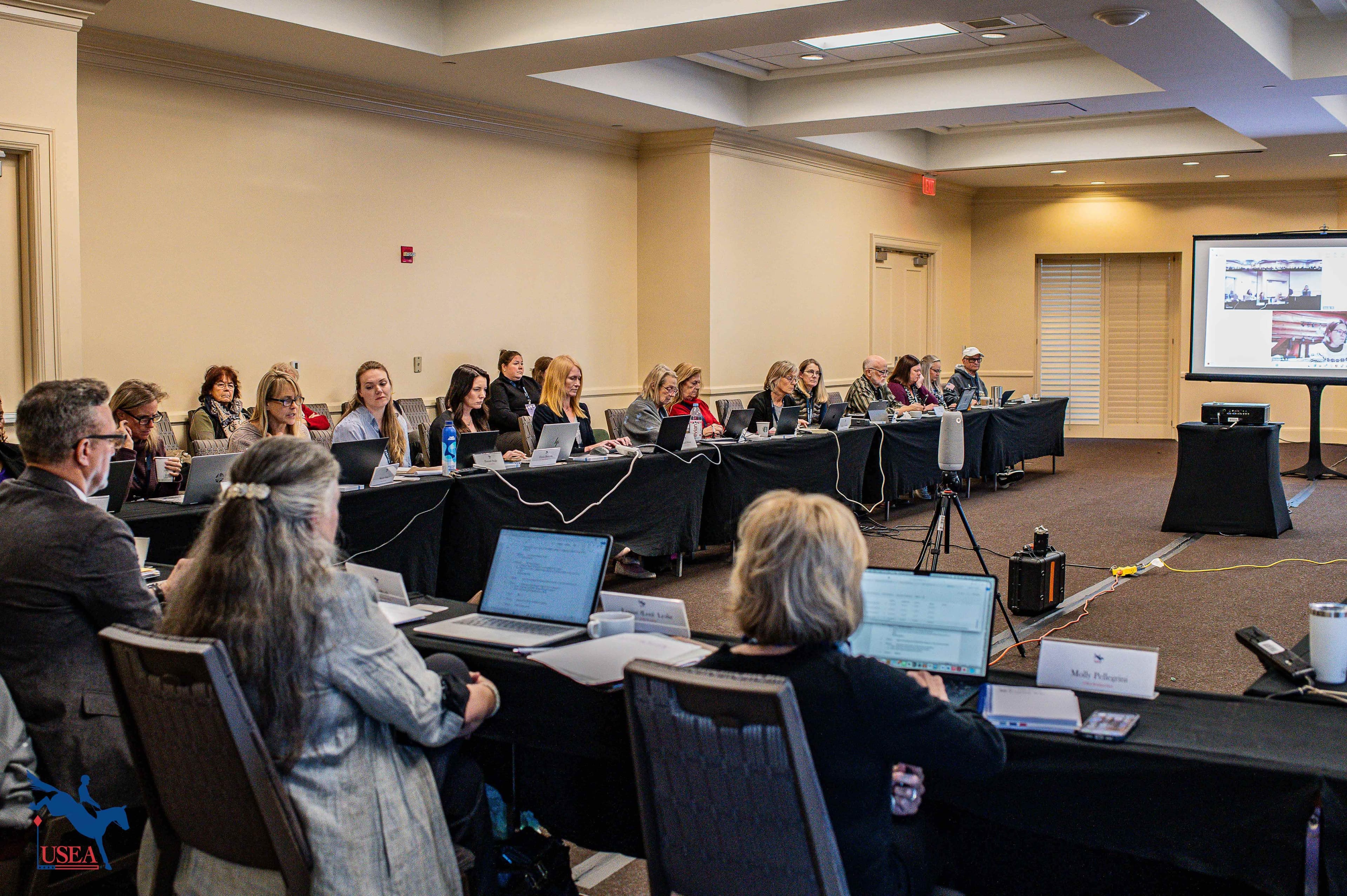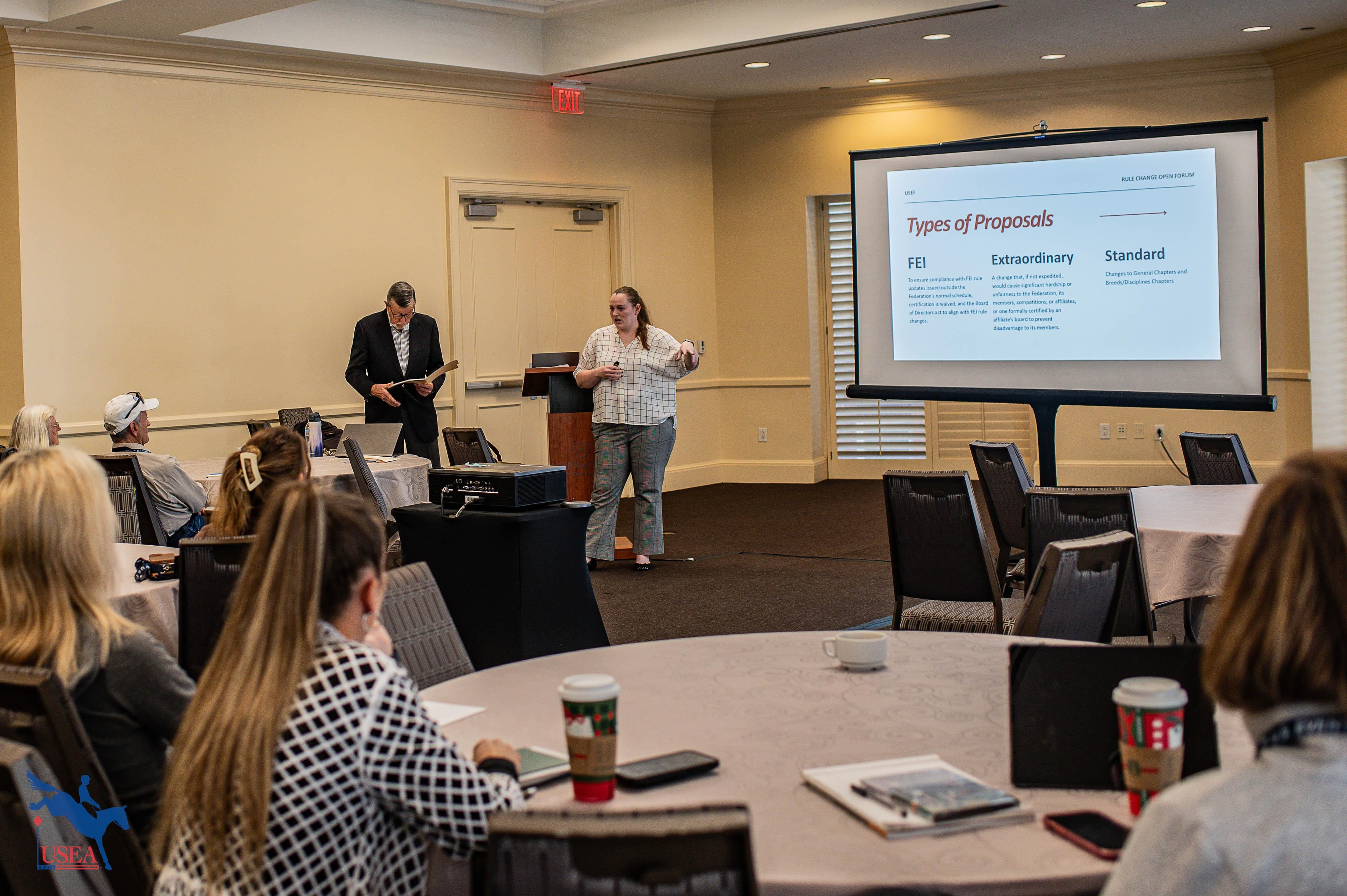Professional Horseman’s Council Recognizes Copper Meadows

As a competitor, horse owner, trainer, and aspiring U.S. team rider, the competitions that I compete in are so important. I have been competing on the West Coast since I was eight years old and have watched the eventing scene evolve to the international level. Copper Meadows in Ramona, California has been a venue that has run since 2000, bringing another event to the West Coast. However, the recent changes made to the venue for the spring horse trials are second to none! Knowing that they have stepped up their game, I found a new desire to compete at every Copper Meadows event.
For one thing, the footing was improved upon in an extraordinary way. The organization was also run in a first class manner, and it was evident from the time you entered the venue that they had put so much effort into this competition. Sponsor banners were hung and visible upon entering the venue, the location of the vendors was more centrally located, office staff was accommodating, the cross-country jumps and show jumps were decorated superbly, and the food vendor was easily located and the food delicious! There was a different feel about Copper Meadows than before. It was very obvious that the organizer and team were serious about putting this event in a class of its own.
So how do we get competitions across the country to improve their footing and venues in a way that they did?
I know from a land owner’s and organizer’s position it is an expensive undertaking to run competitions, but the effort put into improving Copper Meadows will surely increase their future entry list, and I'm sure that at the next show they won't have enough room to park everyone with all of the entries they will receive. I believe that not only will their entry list increase, but they will have contributed to the longevity of our horses and soundness, which is paramount to owners, students, and me.
The Professional Horseman’s Council asked Organizer James Atkinson and Secretary Taren Atkinson for their input about making the improvements to Copper Meadows:
My family purchased Copper Meadows in 1999, and began running events in 2000, and James and I have been running the events at Copper Meadows since 2010. The facility sits on 65 acres of Southern California soil, which in our case means a mixture of sand and clay. For the past 10 years we've been preparing our footing by using water trucks and groomers for weeks before the event, and all night leading up to cross-country day. Our event and the majority of events on the West Coast are unique in this way: because we run on prepared, arena-like footing we can (and have to) work the footing up until the event starts, which allows us to not only make numerous course changes easily but also meant for us this year that we could put together an event in a month. We were lucky to take the place of another Area VI event, 3-Day Ranch, which sadly closed after years of running. Copper had previously held a March event, however the weather can be unpredictable in spring, and one year we were forced to cancel the event. It had been many years since we've attempted to run a spring event, and we knew that if we made the commitment to run this year in March we needed to deliver an event despite any inclement weather.
Every organizer is aware of the footing at their facility—its strengths and weaknesses—and we know that Copper Meadows has a lot of clay footing, which becomes deep and chunky. We also know that we've got great sand on the back half of our property, so we made the decision to move dirt, thousands of yards of it, from back to front to cover the beginning half of all our cross-country courses, as well as around our small water jump, in our warm-up arenas, and our show arenas. We covered the clay tracks with a few inches of beautiful, weatherproof sand. It was a huge undertaking both in terms of time and money. We began the week after we decided to run the event, and ended up spending $20,000 on labor to move the dirt and make it even and smooth.
We saw immediate results as we began moving dirt, as we got the perfect pre-event test of our footing with three inches of rain! James and I taught lessons and rode horses on the new dirt as the rain poured down, and we opened our new warm-up arena the day after the rain. Before the dirt work we would have been out of our arenas and unable to ride for about a week with that amount of rain. We saw results also in the riders’ response to our facility and new footing; people were full of compliments and declarations that they would be back for every future event. We look forward to our future events at Copper; our course and facility is in a constant state of change and development, and we hope to put more money into the footing every year by adding dirt to all of our arenas. Moving the dirt around has the added bonus of creating new and exciting terrain for our cross-country courses, and we've got plans to create new tracks through the areas where dirt was taken from.
Our hope, besides being able to run an event in any kind of weather, is to gain new competitors and increase attendance at our shows and to provide the best possible footing at all levels for all horses. We truly believe that the money and time spent on footing will help us with this goal and allow us to improve the facility in other ways. We've got plans to purchase additional land for more stabling and hope to work with other local events like Galway Downs to create cross-country courses that prepare horses for future competitions here and across the country while keeping them safe and sound. - Taren Atkinson
While speaking to James and Taren over the phone, they expressed that this is the first time they actually ended up “out of the red” running an event.
Thank you to Copper Meadows, the organizer, course designer, volunteers, officials, and every person that helped bring this venue to a whole new level. My hat goes off to them and all of the crew! Let’s try to strive for what this event did this past spring throughout the country!














